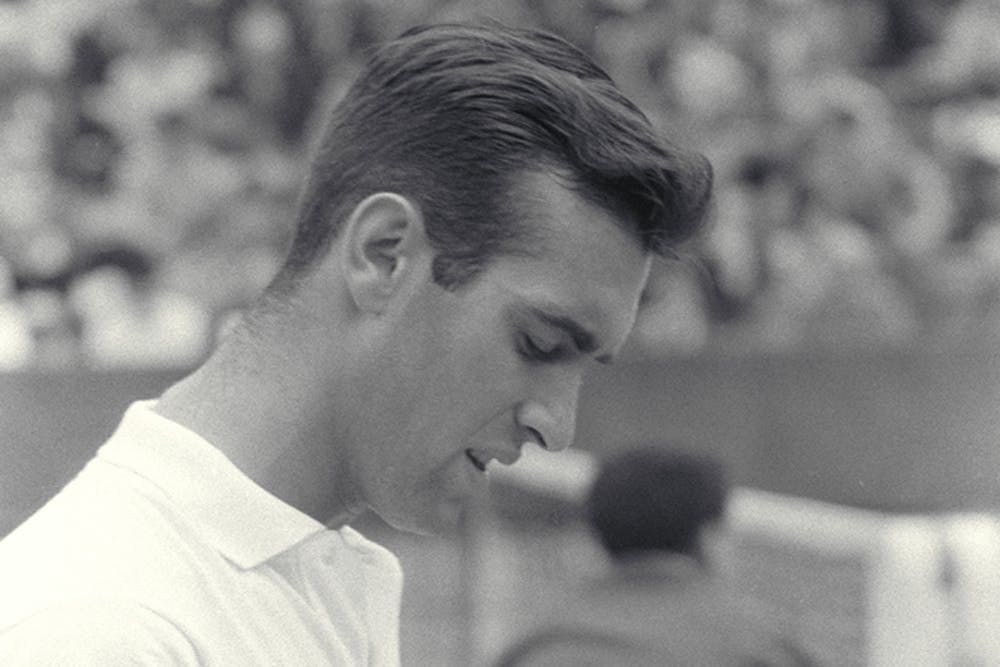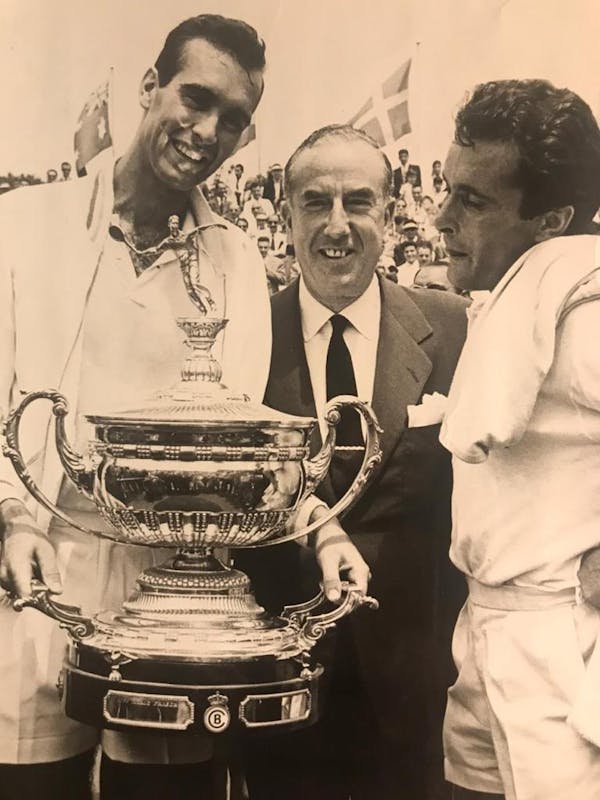Gimeno, who passed away at the age of 82 in 2019, is also the oldest player to win his maiden men’s singles Grand Slam title.
The Spaniard tallied his career-defining triumph in Paris at the age of 34 years and 10 months, when he defeated France’s Patrick Proisy, 4-6, 6-3, 6-1, 6-1.
This year, Nadal is still in the running to shatter Gimeno's long-standing record.
If he succeeds, it will not alter the significance of Gimeno’s title, or his impact as a pioneer of Spanish tennis.
“I was able to meet him for a lot of years,” Nadal told reporters this week in Paris.
“I mean, he was one of the most important players in our history. Yeah, sad that he is not able to be here. In some way his legacy and his memory are going to stay with us, without a doubt.”
Class, warmth and passion
Roland-Garros comes to life every spring, when the gorgeous red clay provides the canvas for tennis masterpieces.
It also helps us rekindle memories from the tournament’s storied past, melding them into a mélange that connects the generations.
“I can feel him around,” one of Gimeno’s three sons, Andres, told rolandgarros.com last week.
“We went together a couple of years when he was working for Spanish television. I remember those years, it felt like home there.”
Gimeno spent his prime years, from 1960 to 1968, toiling as a professional, back in the day when pros were not allowed to compete at the Slams.
Like his rival Rod Laver, who defeated him in the 1969 Australian Open final, Gimeno would likely have lifted more Grand Slam trophies if he didn’t miss nearly a decade’s worth.
Nevertheless, Gimeno's legendary legacy landed him in the International Hall of Fame in 2009, a well-deserved accolade for a man who gave his life to tennis, and was a beloved figure among his peers and future generations.
 ROLAND-GARROS
19 May - 8 June 2025
ROLAND-GARROS
19 May - 8 June 2025



 © Gil de Kermadec / FFT
© Gil de Kermadec / FFT
 Supplied by Andres Gimeno Jr.
Supplied by Andres Gimeno Jr.